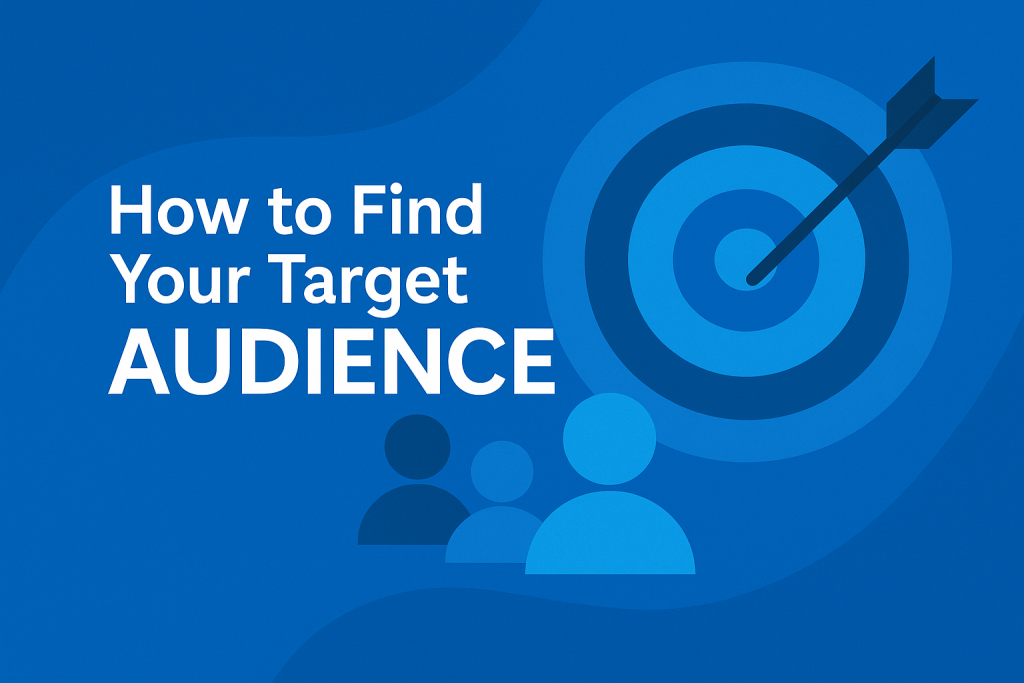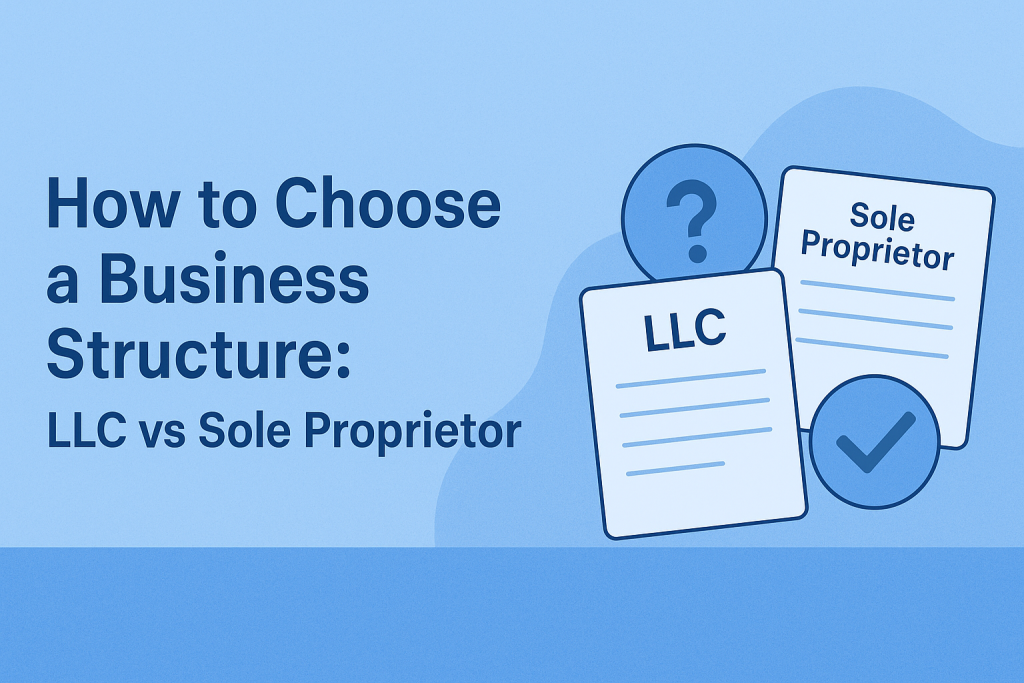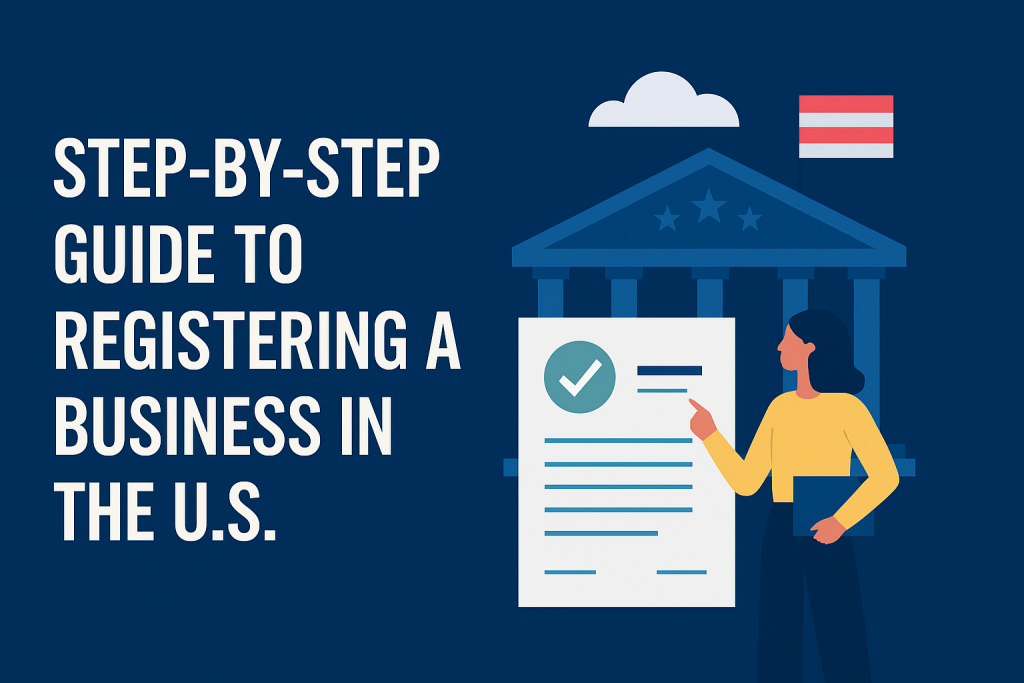If you’re marketing to everyone, you’re effectively reaching no one. That’s why understanding how to find your target audience is one of the most important steps in building a successful business.
Your target audience is the specific group of people most likely to need—and buy—your product or service. Identifying who they are, what they care about, and where to reach them allows you to create better messaging, save money on ads, and grow faster.
In this guide, we’ll walk through exactly how to define, research, and connect with your ideal audience.
Why Knowing Your Target Audience Matters
Marketing becomes easier (and cheaper) when you speak to the right people.
- You create messages that resonate
- You choose marketing channels more effectively
- You attract higher-quality leads
- You build stronger customer loyalty
Understanding your audience helps you stop guessing and start growing with purpose.
Step 1: Understand What a Target Audience Is
Your target audience is a specific segment of the market who:
- Has a problem your product or service solves
- Has the motivation and means to pay for it
- Is most likely to engage with your brand
This group may be defined by demographics, interests, behavior, location, or a combination of all four.
Step 2: Analyze Your Product or Service
What Problem Are You Solving?
Every great business solves a real-world problem. Start by identifying:
- What pain points your offer addresses
- What benefits your product delivers
- Why someone would choose you over competitors
Who Benefits the Most?
Think about the people who experience that problem most acutely. Are they busy professionals? Parents? Small business owners? College students?
The better you understand your product, the easier it is to understand who it’s for.
Step 3: Create a Customer Persona
What’s a Customer Persona?
A persona is a semi-fictional profile that represents your ideal customer. It includes:
- Name, age, gender, job title
- Income range and education level
- Goals, challenges, buying behavior
- Social media habits and preferred platforms
Example Persona
Meet “Freelance Fiona”: A 32-year-old graphic designer who works remotely, uses Instagram for inspiration, values time-saving tools, and reads newsletters during her commute.
Having 1–3 detailed personas can guide your marketing tone, content, and ad targeting.
Step 4: Conduct Market Research
Research Methods
- Surveys & Polls: Ask existing customers or followers
- Social Listening: Monitor discussions on Reddit, forums, or Facebook Groups
- Google Analytics & Social Insights: Look at age, gender, location, and behavior of current visitors
- Competitor Analysis: Who is your competition targeting, and how?
Use tools like Google Trends, Facebook Audience Insights, or SparkToro to uncover audience patterns.
Step 5: Segment Your Audience
Not all customers are the same. You might need to divide your audience into smaller segments based on:
- Demographics (age, gender, income)
- Behavior (purchase history, loyalty)
- Psychographics (values, interests, lifestyle)
- Geographics (local, national, global markets)
Tailoring your messaging to each segment boosts engagement and conversion.
Step 6: Test and Refine Your Messaging
Once you’ve identified your audience, it’s time to test what works. Try different:
- Headlines or CTAs
- Offers or pricing models
- Content types (videos, blog posts, emails)
- Platforms (Instagram, LinkedIn, TikTok)
Marketing is an ongoing experiment. Use data, not assumptions.
Final Thoughts
Finding your target audience is not a one-time task—it’s an evolving process as your business grows and the market shifts. But when you get it right, everything else becomes easier: content, branding, pricing, even product development.
Start with a clear understanding of your value, build personas based on real data, and meet your audience where they are. That’s how you stop wasting time and start building meaningful connections that drive real results.


